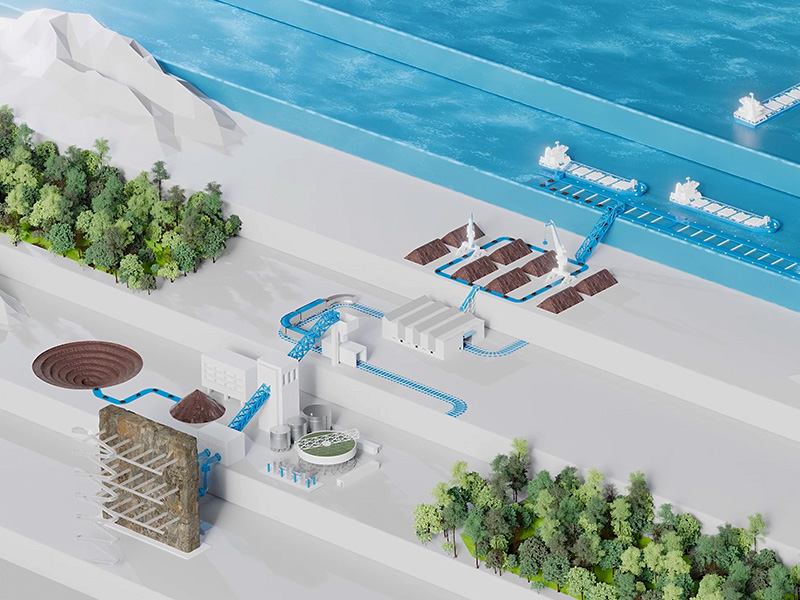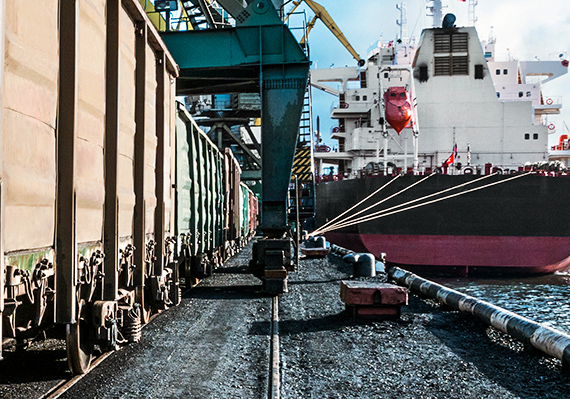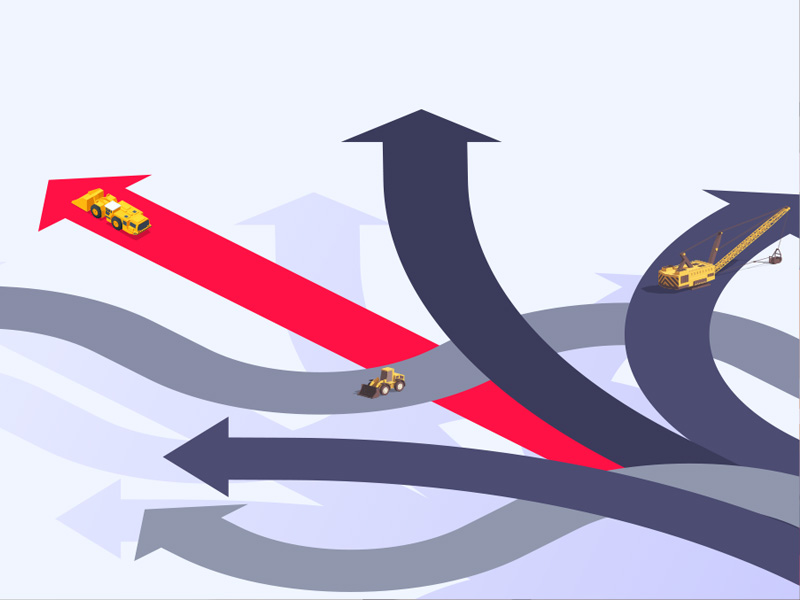How RACE can now use load point queuing to maximise throughput
How do you engineer a solution to maximise throughput by guaranteeing load points are optimally utilised and operating at maximum capacity within a shared network, especially during periods of high demand?
It's an interesting problem to solve with RACE. As an optimisation tool, queueing behaviour can be difficult to model due to the enormous number of planning decisions that surround this type of dynamic behaviour. Yet, in order for RACE to reduce loss of throughput from gaps between loads at load points in this scenario, trains are now able to be scheduled to "queue" for back-to-back loading to maximise load point throughput. This involves the precise scheduling of trains, including occasionally allocating dwells to avoid currently loading trains to ensure trains are in position at the perfect time.
RACE makes decisions for the whole of a rail network simultaneously, to ensure every available minute of the day is utilised at critical load points in order to improve network throughput.
For a number of RACE customers this has meant more services planned, especially in constrained environments, for example where throughput is dependent on network paths, rolling stock, haulage provider cooperation, load point maintenance and load point capacity. From a network perspective, by having clear visibility over scheduled load times, this also supports greater cooperation between inter-system traffic and that of other operators.
For more information, or to book a demo, contact us today.






